- Home
- Airtightness
- What Is a Vapour Control Layer
What is a Vapour Control Layer for?
I get asked what is a vapour control layer, most days of the week and it’s entirely understandable as there are so may different terms that regularly get mixed together when talking about vapour control layers, also referred to as a VCL.
Many people also use other terms such as vapour barriers, vapour stops, breather layers etc, but these are different and should not be mixed up with VCLs. And if you own an older home that you’re about to upgrade the insulation in, the only two layers or barriers you need to consider are the VCL and a breather layer.
What is a Vapour Control Layer used for in Older Homes?
Older properties have their unique charm and character, but they often present challenges when it comes to energy efficiency and moisture management. One of the key considerations for improving the thermal performance of older buildings is the installation of a vapour control layer (VCL) as it allows us to restrict and control the amount of water vapour that gets into contact with the cold structure (where it could form condensation).
A vapour control layer is a material, or system, that helps regulate the movement of moisture vapour through the building envelope. It is typically installed on the warm side of the insulation (which in the UK will be the inside), acting as a barrier that restricts, but does not stop, the passage of water vapour. Restricting but not stopping it is important and is why you should also use natural insulation materials as they can easily absorb and release water vapour depending on atmospheric conditions without affecting their insulation properties. Whereas man made insulation products will struggle to release any water vapour that it absorbs.
In older properties, moisture-related problems are prevalent due to a variety of reasons. These buildings often have solid walls which will be cold and there is a higher likelihood of moisture penetrating the walls and causing dampness, mould growth, and structural deterioration.
For this reason breathability is essential in these homes as it allows the structure to dry out if it gets wet and when you upgrade your older home by adding modern man made insulation and vapour barriers (as opposed to a vapour control layer) you can trap the water vapour within the structure or the insulation making the walls colder and reducing the effectiveness of the insulation.
The Traditional Route to Insulate an Old Home:
The traditional route to insulating an older home is to line it either internally or externally with man-made insulation such as rigid foil backed insulation board. The foil backing is actually a vapour barrier, which prevents moisture getting into the insulation.
However unless the joints are taped they’ll allow the water vapour to get in that way, where it will reduce the u-value of the material. The end result if a building that can no longer breath (because of the foil backing) and will create problems such as damp, rot and mould.
Then add double glazed doors and windows to further reduce the breathability of the structure and you just exacerbate the problems.
Older properties were constructed using materials that are less airtight compared to modern building materials. So, if you add materials that make them vapour impermeable you will create problems with condensation, damp and mould.
The Right Way to Insulate an Old Home:
By using an effective vapour control layer (and where possible a breather layer to the cold side of the insulation) when upgrading with natural insulation, allows the structure to breathe and stay warm thanks while also reducing the risk of interstitial condensation significantly.
What is a Vapour Control Layer For and Why You Should Always Use One:
Now, let's discuss the reasons why a vapour control layer should be used in older properties:
- Condensation control: Older buildings often suffer from condensation problems, especially in areas with cold climates. When warm, moist air comes into contact with a cold surface, condensation occurs. This can lead to mould growth, rot, and damage to the building structure. By installing a VCL, the movement of warm, moist air is restricted and kept away from the cold surfaces, reducing the likelihood of condensation forming on cold surfaces.
- Energy efficiency: Insulating older properties is crucial for improving energy efficiency and reducing heating costs. However, without a vapour control layer, insulation may become less effective due to moisture infiltration. Moisture-saturated insulation loses its insulating properties and can even lead to structural damage. A vapour control layer helps maintain the integrity of the insulation by preventing moisture ingress, ensuring optimal energy performance while maintaining breathability.
- Indoor air quality: Dampness and mould growth in older properties can have detrimental effects on indoor air quality. Mould spores can trigger allergies, respiratory problems, and other health issues. By incorporating a vapour control layer, the risk of excessive moisture and subsequent mould growth can be significantly reduced, promoting a healthier living environment.
- Preservation of the building fabric: Moisture can cause significant damage to the structural elements of older properties. It can lead to wood rot, decay, and corrosion of metal components. By using a VCL, moisture movement is controlled, minimising the risk of damage to the building fabric and preserving its longevity.
- Compatibility with retrofitting: Retrofitting older properties with modern energy-saving measures, such as insulation, is common. However, these retrofits can alter the moisture dynamics of the building. By installing a vapour control layer, in conjunction with a natural insulation material such as wood fibre, the risk of moisture-related issues arising from retrofitting work is reduced. It ensures that the new energy-saving measures work harmoniously with the existing building fabric.
Now you know the answer to the question "what is a vapour control layer", you may be wondering where you can buy VCLs and jointing tape etc. We have teamed up with Passive House Systems who supply everything you need.
The links below will take you to our partner site where you can buy VCLs and the various products you'll need. These contain affiliate links for which I may make a small commission at no extra cost to you, should you make a purchase. Any commission made allows us to keep this site free for everyone to use.
Want to Buy A Vapour Control Layer?
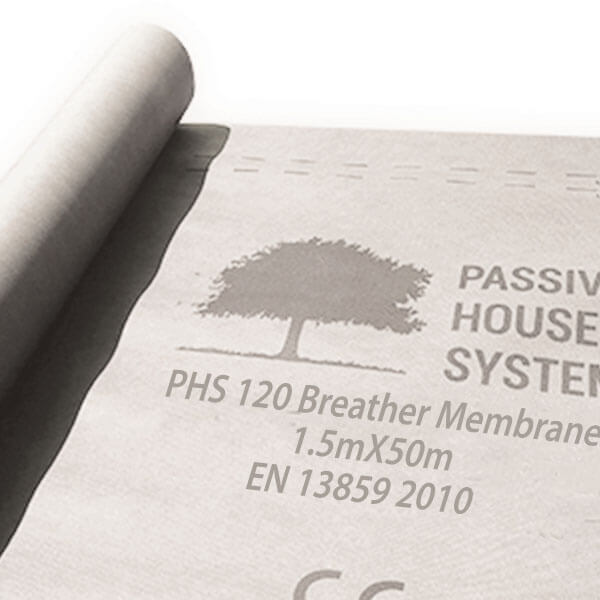
Vapour Control Layer (VCL) - to be installed on the warm side of the insulation.
Other Materials You Might Need:
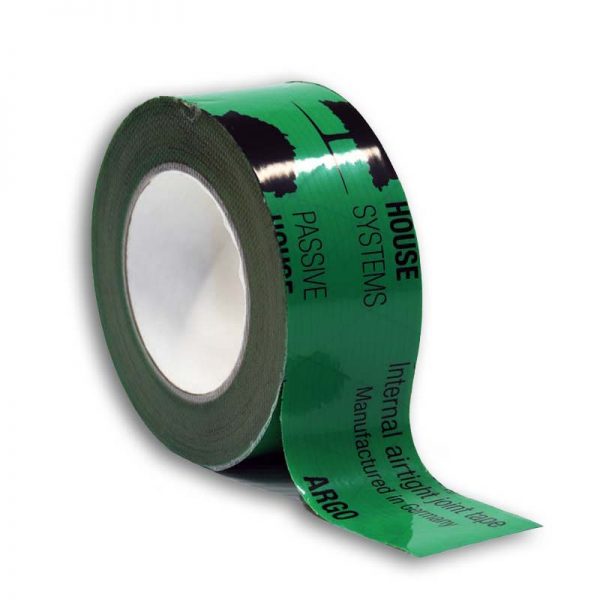
Tape to stick and join the VCL layer (used for covering staples and sealing around services etc. that go through the vapour control layer layer. As this layer is located on the cold side of the insulation this is a waterproof tape).
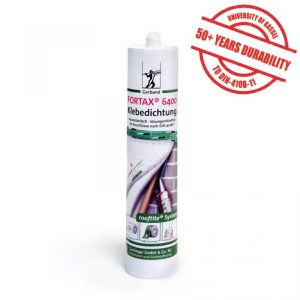
1. Adhesive to stick either the VCL or the breather membrane to masonry walls - where the VCL or breather layer meets a masonry wall this is used, if you don't need to plaster over the finished joint, (it should be used in conjunction with a primer, see below).
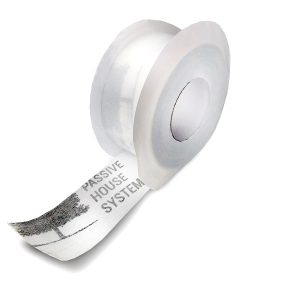
1a. If however you want to plaster over the joint between the breather layer OR the VCL and a masonry wall, then you would use this tape - (it should be used in conjunction with a primer, see below).
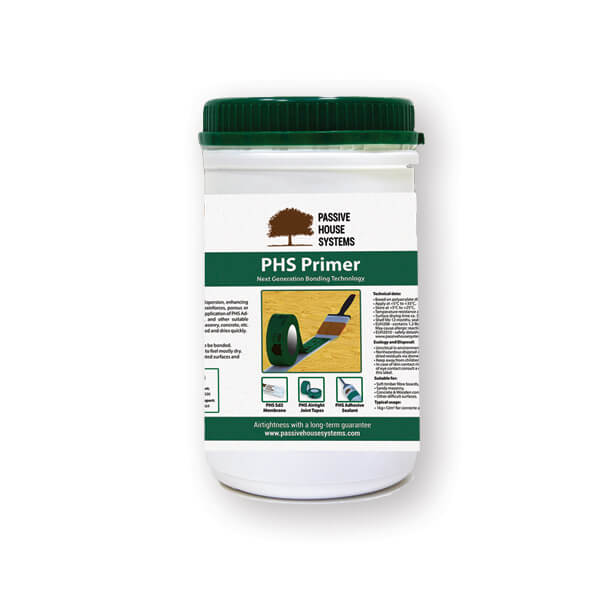
NB. prior to sticking the VCL or the breather membrane to a masonry wall with either of the above two products you will need to use a spray on or paint on primer.
What is a Vapour Control Layer, Summary:
In conclusion, a vapour control layer is a crucial component in improving the energy efficiency and moisture management of older properties. It restricts the amount of water vapour allowed to pass through the external structure of your home while maintaining the breathability . Thereby reducing the risk of condensation, damp and mould and enhancing energy performance, improving indoor air quality and preserving the building fabric.
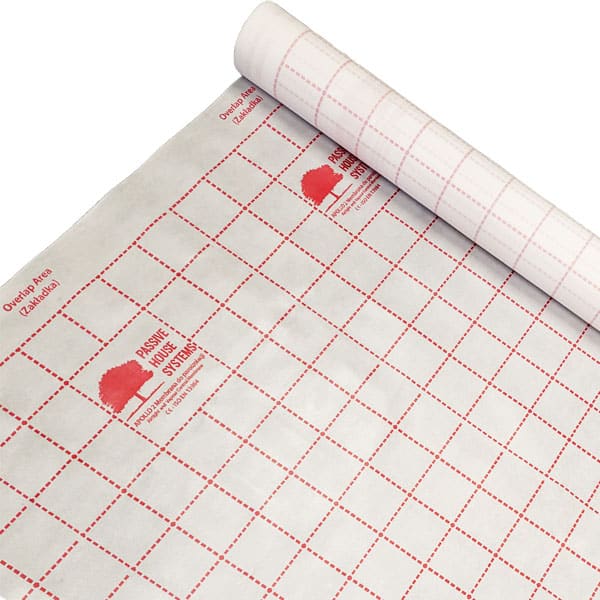
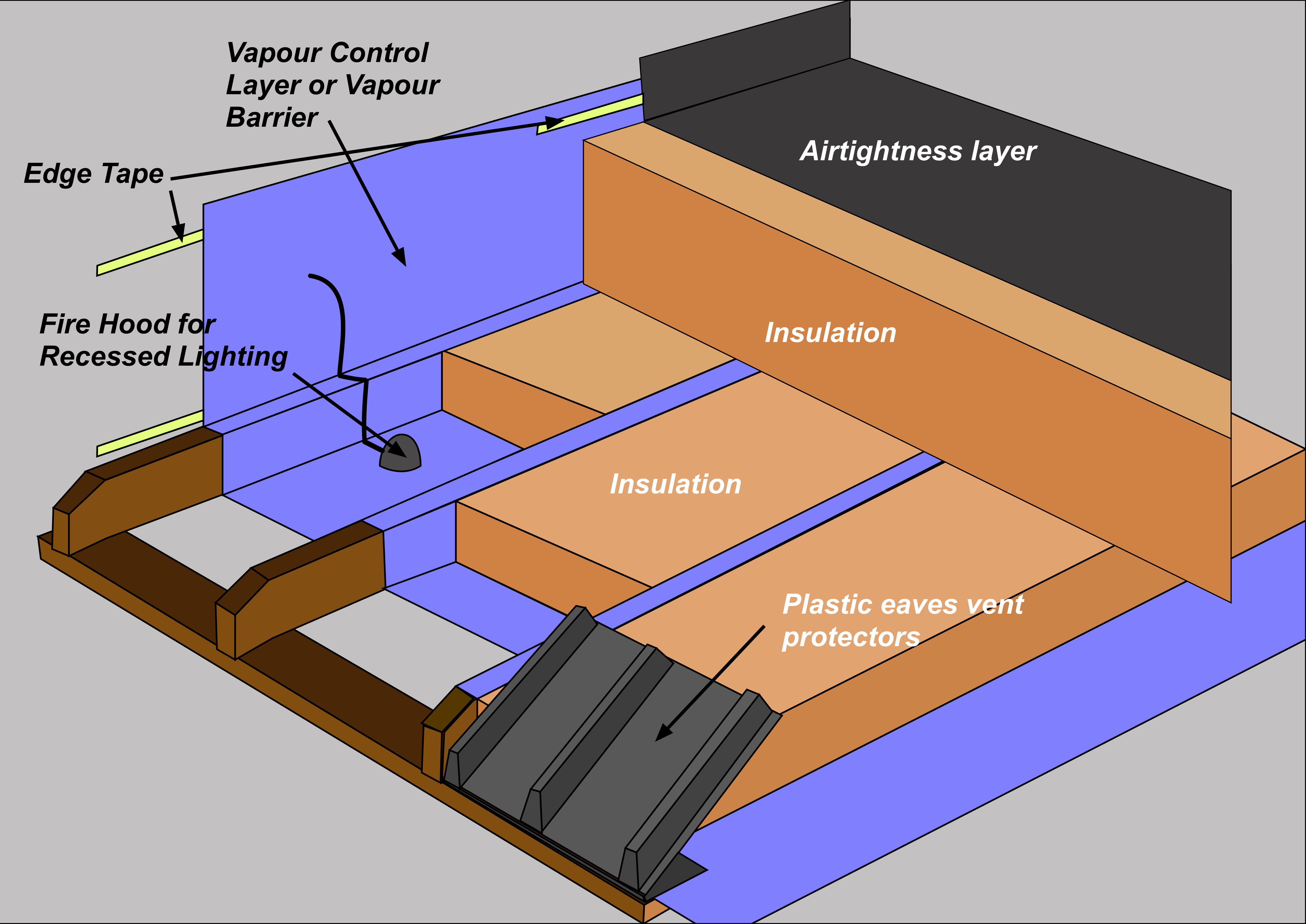







New! Comments
Have your say about what you just read! Leave me a comment in the box below.